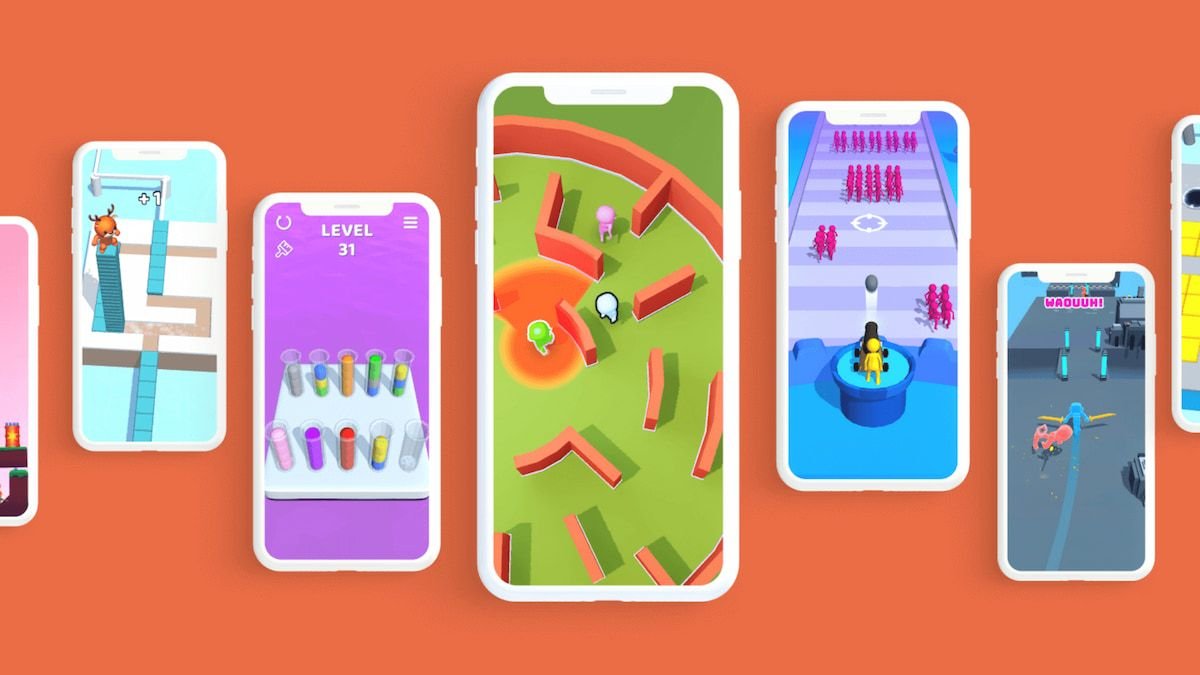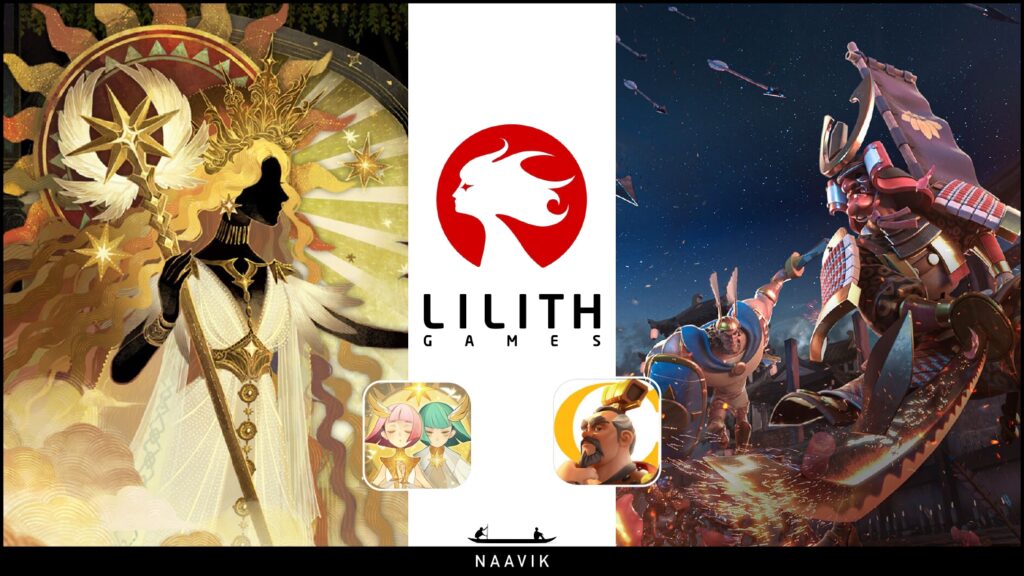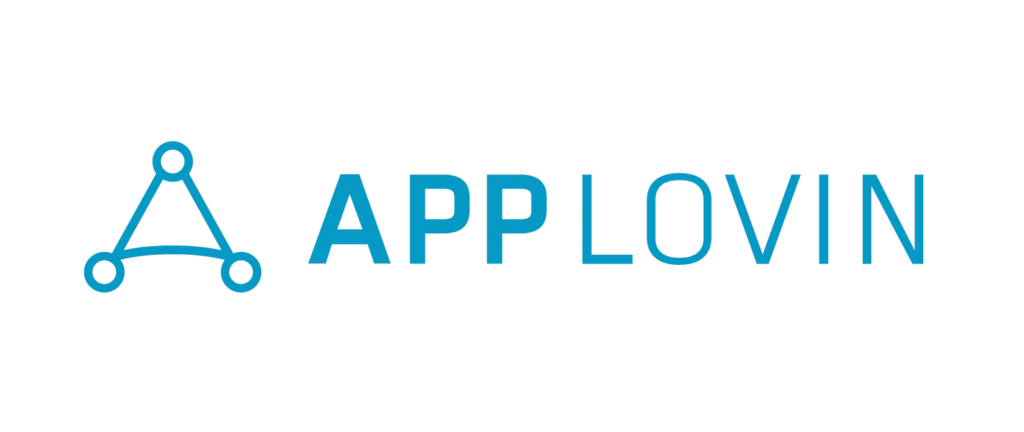Hi Everyone. We have a request on our end — if you’re a listener of our podcast, the Metacast, we’d love it if you submitted a rating and let us know your thoughts (Spotify mobile or Apple podcasts). Doing so will help us reach more of an organic audience and we’d appreciate your help!
This Week on The Metacast by Naavik
Raph Koster: Playable Worlds and the Metaverse. In this episode, Raph Koster — legendary game designer, author of Theory of Fun for Game Design, and CEO of Playable Worlds —joins Naavik co-founder Aaron Bush to discuss how to evolve and grow as a game designer. The duo also discusses the mission of Playable Worlds and what it means to build a metaverse platform. Raph also shares his advice on metaverse standards, player-owned economies and more. Website | YouTube | Spotify | Apple Podcast | Google Podcast.
Magicave: Building the Next Generation of Digital Toys - Crypto Corner: On this week’s Crypto Corner, Magicave cofounders Harry Holmwood and Ste Curran your host Nico Vereecke for a conversation about the future of Digital Toys. Magicave is crafting digital hobbies centered around beautiful, playful, tactile virtual items, which sit at the heart of an ecosystem of games, apps, players and creators. The company's first project, dNo (short for ‘d-Number’), marries collectible virtual dice with figures, tiles, stories and worlds, making innovative use of game and blockchain technology to nurture a truly unique digital hobby. Website | YouTube | Spotify | Apple Podcast | Google Podcast.
#1: The Future of Hypercasual is Bundled
Source: Mobidictum
Since my piece last week on Stumble Guys, I’ve realized there’s a lot more to appreciate about the hypercasual genre. It accounts for >25% of all game downloads and increased ~20% in Q2 2022. Digging in deeper, though, there’s more insight into where the genre stands today and inspiration into where it might go.
In my writeup I articulated that one of the main areas the genre will expand to is likely real multiplayer, as evidenced by the success of Stumble Guys. Spend and engagement generally increases with good multiplayer mechanics. And while I still agree with the general premise for the genre, I believe “multiplayer” might instead take on a more figurative “social” meaning vs. necessarily a literal definition — this obviously exists on a spectrum, though. Social (as compared to “multiplayer”) will ultimately make the hypercasual more bundled and user-generated than it exists today.
In a recent report on mobile trends, Sensor Tower concluded that in-app spending is actually starting to shift away from games to non-games. Sensor Tower cites this reason as primarily a shift toward subscriptions and a willingness to spend on in-app purchases in non-games categories. The irony here is that hypercasual is up in aggregate since 2020 but consumer spending preferences have also shifted. Five years ago, games accounted for two-thirds of all spending on the US App Store, but today this is only 50%.
Source: Sensor Tower Data Digest
If hypercasual accounts for such a large percentage of total games downloads, is this chart just a reflection of poor monetization? Or a testament to how people want to be spending their dollars in other areas? If so, what would incentivize people to spend more money in certain genres in conjunction with download trends? There is also the consideration that consumer spending on the App Store has net increased in the past 8+ years; yet, it still begs investigation around game monetization and how to increase customer LTV. Ultimately, this isn’t the core innovation of hypercasual.
There’s also the opinion that the App Store actually doesn’t like mobile gaming – it clutters the App Store and, in some cases, leads to inefficient consumer spend. All this data leads me to think that hypercasual could use a revamp, especially from a UA and monetization perspective. I’m reminded of a prescient piece my colleague Maxime Eyraud wrote on remixability or, to put it in another, cruder way, TikTok for Games:
“It’s often said that the social version of a product is the one that wins in the end… And remixability gives them [Playbyte and Mutate] perhaps the ultimate social edge. In enabling seamless borrowings, hommages, and lineages, it fosters a referential culture in which potentially all games on a platform end up interconnected in one way or another.”
This falls in line with my Stumble Guys thesis that real multiplayer could be a powerful driver toward a winner for hypercasual. But beyond “multiplayer”, social more generally encompasses the sharing of media, UGC that others can play, and cultural zeitgeists that can be remixed. I’d argue that a next iteration of hypercasual will be in a unified user experience, scrolling and personalized, where assets are pre-generated, shared, and monetized, and the burden of creation is shifted to include the user.
To add some nuance and clarity, I don’t think studios will be removed from the hypercasual process and the reason is UA. So long as studios continue to plow money into UA for downloads, a UGC platform will have trouble competing against that UA engine. UGC will be additive in some areas, but it won’t necessarily replace what exists today (unless IDFA completely decimates the industry). However, I do believe that hypercasual will continue to evolve further in a single app format, particularly as the upstart platforms come out of soft launch. Perhaps we’ll even call it a different subgenre entirely.
The characteristics of a “TikTok for Games” platform | Source: Naavik
This is not dissimilar to the Roblox and Minecraft model of “microverses” but the rules of engagement, level design, and guardrails around creation are different, if not simpler. For me, the core innovation would lie in the socialization, continuity, and asset distribution of the hypercasual games under one platform vs. the remixability or creation of them. Ben Thompson writes on the topic:
“That’s actually a benefit: by controlling everything the platform [Roblox] can bring all of the disparate parts of gaming into one place; instead of one app for social interactions, another app for purchases, and a different app for every different game, everything is all in the same place. This also makes the platform [Roblox] easier to develop for: by constraining graphics to a consistent toolbox it is very easy to build something new.”
Source: Hype Hype
Sensor Tower cites Subway Surfers, Stumble Guys, The Baby in Yellow, and Bridge Race (a mix of hypercasual sub-genres) that saw spikes in downloads this quarter – but beyond the complexities of game creation and distribution, level design for this genre is formulaic and can be outsourced (“TikTok for Games” platforms have interesting go-to-market strategies around seeding their platforms with games akin to smaller social platforms’ creator funds). Tied with a powerful algorithm, this hypercasual platform becomes an aggregator – monetizing via ads, personalized to the tastes of the consumer, with creator monetization built in. I believe this will create even more interesting engagement loops on the creation and consumption side than complex games and platforms.
In the future, the most successful hypercasual games might not look like Subway Surfers; instead, they may resemble platforms like Playbyte, Smirk Software, Hype Hype, or Soba Studios. App Store experiences will increasingly bundle and hypercasual will be one of the first categories to experience this. (Written by Fawzi Itani)
#2: Crypto Unicorns: A Unicorn in the Making?
Source: Laguna Games
This is the introduction to a full game deconstruction of Crypto Unicorns, written by Anthony Pecorella. Check out Naavik Pro to request a demo, read the full write-up, and access our entire research library
Crypto Unicorns is a blockchain universe created by Laguna Games. The Polygon-based project consists of two types of NFTs (Unicorns and Land), a couple of ERC-20 tokens (Rainbow Tokens and Unicorn Milk), and a set of games that use them. It is playable entirely in-browser, giving the project a wide distribution potential without depending on third party stores
Currently, only the first of the planned game modes is available, which is a single-player farming / gathering / crafting resource manager. The other three announced games — Jousting, Racing, and RPG Battle — are all competitive variations that are (or were) scheduled to launch in Q2, Q3, and Q4 2022 respectively.
Crypto Unicorns has some good things going for it, perhaps most of all that its team is quite experienced in free-to-play games. They’re also browser-based, have a roadmap that doesn’t feel over-ambitious (except perhaps the RPG Battle), instituted a smart land design, are building slowly and steadily, and are keeping the community involved
They do, however, have some bumps to watch out for, including unicorn inflation, some governance risks, and the risk of the highly-ambitious RPG Battle game mode. Their tokens have also performed much worse than their competitors, which is a concerning sign.
As a play-and-earn game, Crypto Unicorns doesn’t look very appealing right now (although perhaps that will change in time). Between its tokens falling and the wider crypto crash, there’s little earning potential. With only a small amount of gameplay, in the form of farming and crafting, having been released so far, the “fun factor” is rather limited. It does have a charming IP, however, and a team that theoretically can sail through this storm, making the game a more interesting than usual opportunity to get into while prices are so low
In the deconstruction we explore:
-
What is Laguna Game’s goal with Crypto Unicorns? What are the upcoming game modes, and what do we think about them?
-
How have the various game-related assets performed so far, what are their drivers of value, and how could upcoming game / economy changes impact them?
-
What are the flaws in governance, and how can they be improved?
-
What recommendations do we have for Laguna Games to improve their odds of success and maintain asset values?
Content Worth Consuming
‘Old School RuneScape’ Developers Discuss The Highlights and Pitfalls of Letting Players Choose Content (NME): “In 2007, Jagex had a riot on its hands. In an effort to combat gold sellers in RuneScape, the Cambridge-based studio had removed Player versus Player (PvP) from the MMO’s deadliest area and placed stringent trade restrictions on players looking to buy and sell goods. Needless to say, the community wasn’t happy – players felt like they were being penalised for the actions of RuneScape‘s seedier side – and it wasn’t long before thousands of players were up in arms, rioting in the in-game city of Falador and co-ordinating mass log-off protests.” Link
The Road Ahead For Gaming Guilds (Embernodes): “A gaming guild, also sometimes known as a Clan or Corporation, is a group of players converging to play a game or various games. In World of Warcraft (WoW), guilds were formed so that people could collaborate in an organized manner to do 10, 25 or even 40-man raids against bosses. The top guilds commonly compete against each other for “World First Kills” after new content is released. WoW guilds often act like a large corporation where there would be various management roles given to senior members of the guilds. In WoW, selected guild members would be placed in charge of managing different assignments based on individual skill and preference. For example, Tank, DPS, and Healing assignments.” Link
Building Expansive NFT Universes: CC0, Fidelity, and On-Chain Bundling: “NFT creative universes are undergoing an exciting phase of wild experimentation: emphasising free IP, new economics, and remixing. As these universes develop, there’s three key components that can help foster success: 1) Permissive licensing, primarily in the form of Creative Commons Zero (CC0). This allows creative remixing with upsides for both the original and derivative; 2) An emergent focus on low fidelity + metadata that ignites the imagination. Lower fidelity invites remixing into higher resolution interpretations; 3) By categorizing metadata into on-chain bags, projects can direct expansion through bundling. It makes me very excited, because all these components combine to form wholly new kinds of media franchises that’s going to be hard to ignore. It will allow free, abundant IP that also builds wealth for all the collaborators. Let’s dive into all 3 parts.” Link
🔥Featured Jobs
-
Soba Studios: Crypto Games Analyst Intern (Remote)
-
Lotum: Game Designer (w/m/d) (Germany)
-
Discord: Manager, Strategic Revenue Finance (San Francisco, CA)
-
Hidden Leaf Games: Product Manager (Remote)
-
Naavik: Content Contributor (Remote)
-
Naavik: Games Industry Consultant (Remote)














